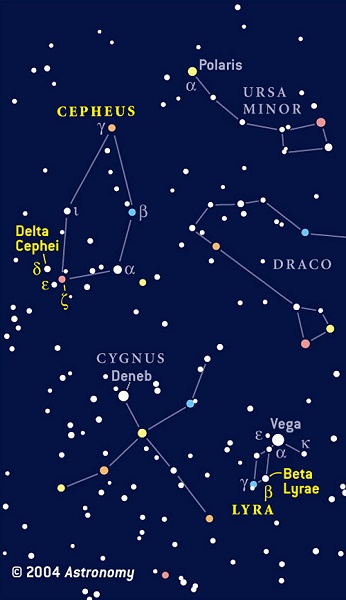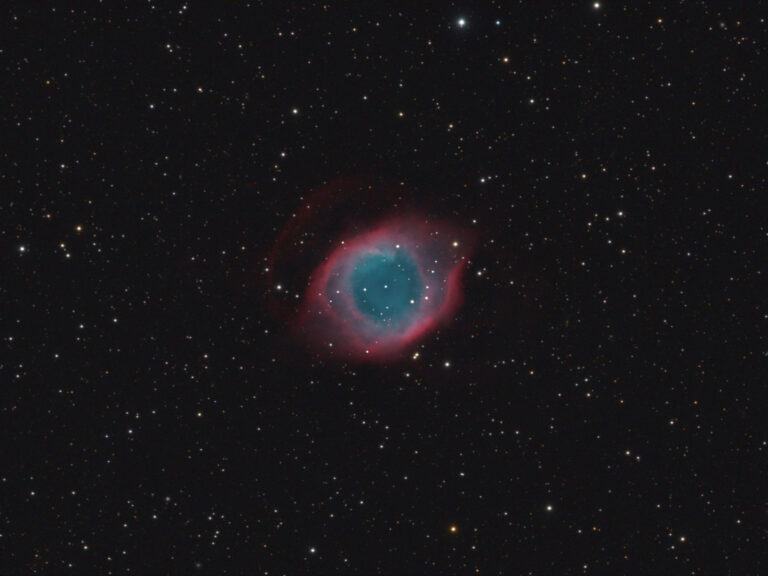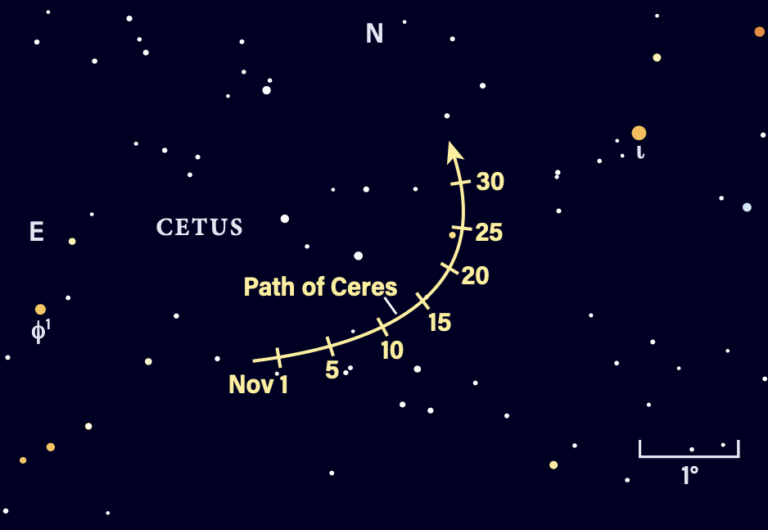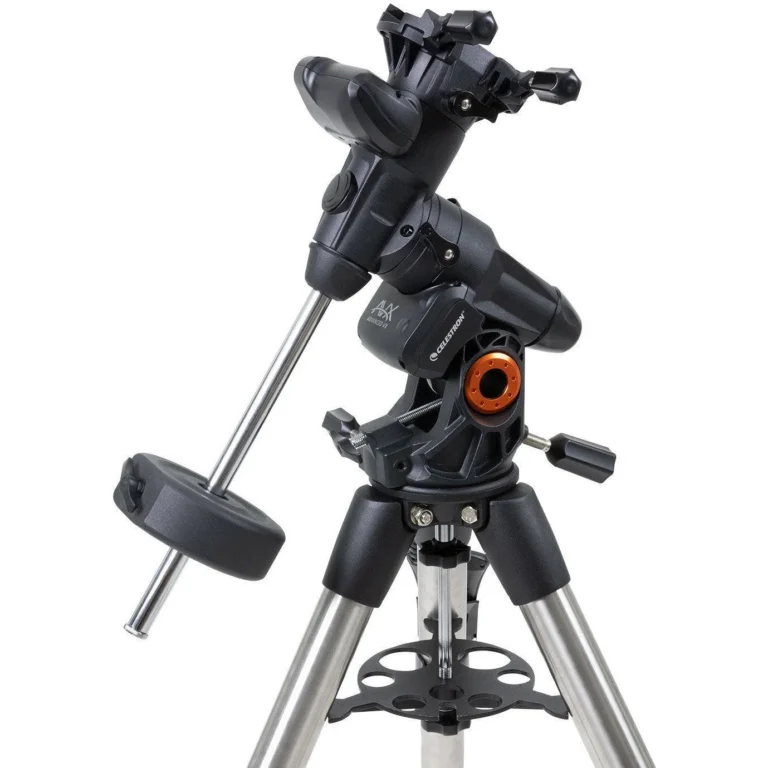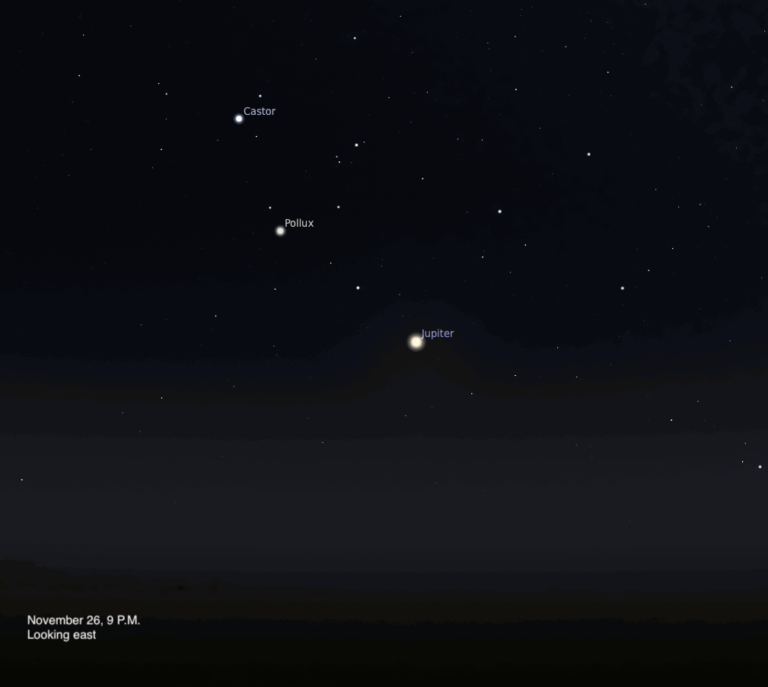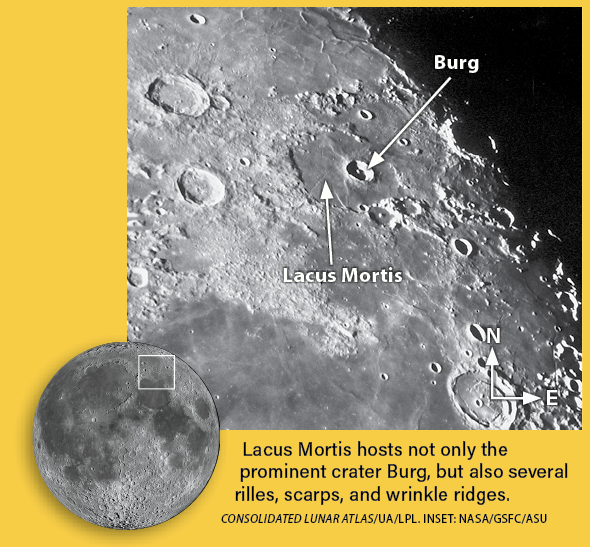Key Takeaways:
When I introduced you to R Leonis in April, I noted that my early experiences observing this Mira-type variable inspired me to join the AAVSO. But it was a chance meeting with Janet that sealed the deal.
In the summer of 1979, I was attending the annual Stellafane Convention in Springfield, Vermont. While standing in line at a food stand, I struck up a conversation with the gentleman in front of me. When the topic turned to variable stars, I mentioned how I enjoyed “VSO-ing” (variable star observing) and was considering joining the AAVSO. I felt a tap on my shoulder and turned around. Whether it was coincidence or fate, the person tapping me was Janet Mattei. After brief introductions, she began telling me about the AAVSO and the role its members — mostly amateur astronomers — have in gathering and sharing valuable data on variable stars. Her genuine enthusiasm was infectious. When I returned home, I filled out a membership form and mailed it, along with a check to cover annual dues, to AAVSO headquarters.
In the constellation Cepheus is a triangle made up of the stars Delta, Epsilon (ε), and Zeta (ζ). Delta Cephei, whose variability was discovered by English astronomer John Goodricke in 1784, is the prototype of a class of variable stars known as Cepheids. Like its kindred members, Delta Cephei is a giant star whose light-changes result from internal instabilities. Cepheids typically vary by one or two magnitudes throughout a period of several days or weeks. In Delta Cephei’s case, a complete cycle takes 5.366 days. Each cycle begins with Delta Cephei at minimum brightness, magnitude 4.4. In a day and a half, it rises to magnitude 3.5. A steady decline to minimum takes about four days. If you observe Delta Cephei each night for a week, comparing it to Zeta (magnitude 3.6) and Epsilon (magnitude 4.2), you’ll capture a complete cycle, and then some.
Our second variable star is Beta Lyrae, also discovered by Goodricke in 1784. Like Delta Cephei, this star varies with clock-like regularity. But unlike Delta Cep, Beta Lyrae is a variable star imposter. Its light-changes have nothing to do with internal irregularities. Beta Lyrae is an eclipsing variable — an extremely close binary star system whose edge-on orbit permits its member stars to eclipse each other periodically. At the beginning of each cycle, Beta Lyrae shines at maximum brightness (magnitude 3.4), similar to its neighbor, Gamma (γ) Lyrae (magnitude 3.3). As the fainter star drifts in front of the brighter one, Beta Lyrae fades to magnitude 4.2 — comparable to Kappa (κ) Lyrae (magnitude 4.3). A slow return to normal is followed by a secondary dip to magnitude 3.9, as the brighter star eclipses the fainter one. A return to maximum brightness completes the 13-day cycle. As with Delta Cephei, you need only make one naked-eye observation each clear night to keep up with Beta Lyrae’s antics.
Delta Cephei and Beta Lyrae are fascinating and fun for anyone curious about variable stars. If you explore them, get hooked on VSO-ing, and decide to become a member of the AAVSO, don’t thank me. Thank Janet Mattei.
For more information on variable stars, and to learn more about Mattei’s contributions to variable star astronomy, check out the AAVSO web site: www.aavso.org.
Next month: We pay a visit to a Square and a Circlet. Clear Skies.


